Central America sits atop one of the world’s most active volcanic regions, where tectonic plates collide and create a spectacular chain of peaks stretching from Guatemala to Panama. These towering giants offer some of the most thrilling rim hikes on the planet. They combine challenging terrain with views that’ll make your camera work overtime. From Costa Rica’s cloud-wrapped craters to Guatemala’s fire-breathing monsters, each volcano tells its own story through ancient lava flows and steaming vents.
The region’s volcanic diversity means every hike feels completely different from the last. Here are 20 incredible volcano rim hikes that showcase Central America’s geological playground.
Acatenango, Guatemala
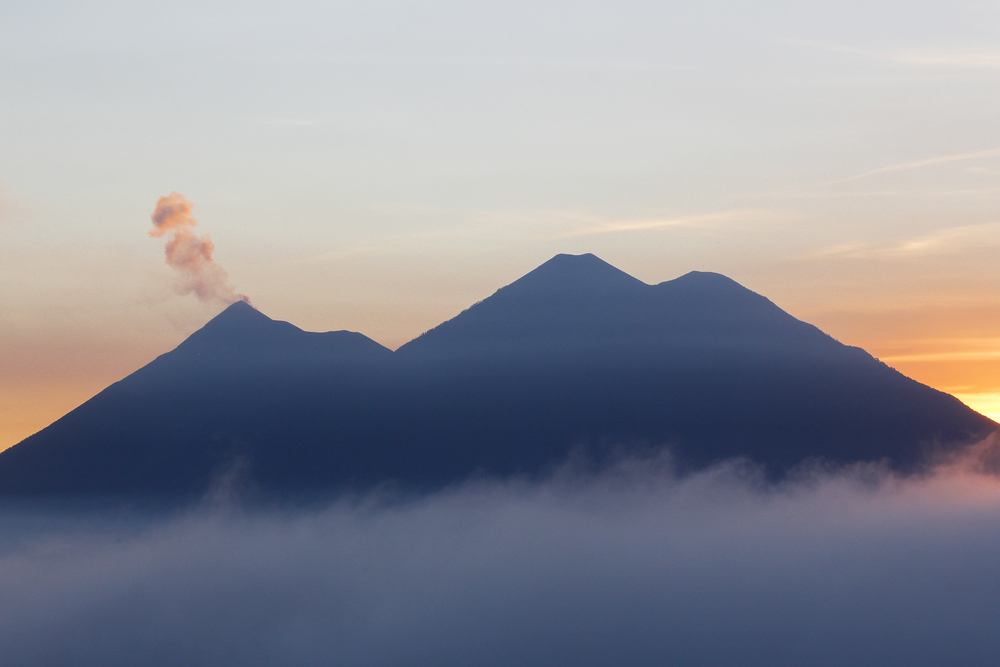
This 13,045-foot giant provides front-row seats to one of Guatemala’s most active volcanoes—Volcán de Fuego. The overnight camping experience lets hikers witness Fuego’s explosive eruptions lighting up the night sky just a few miles away.
The trek takes about 6 hours up through cloud forest and alpine terrain, while the final push to the rim requires serious determination as altitude kicks in hard.
Volcán Barú, Panama
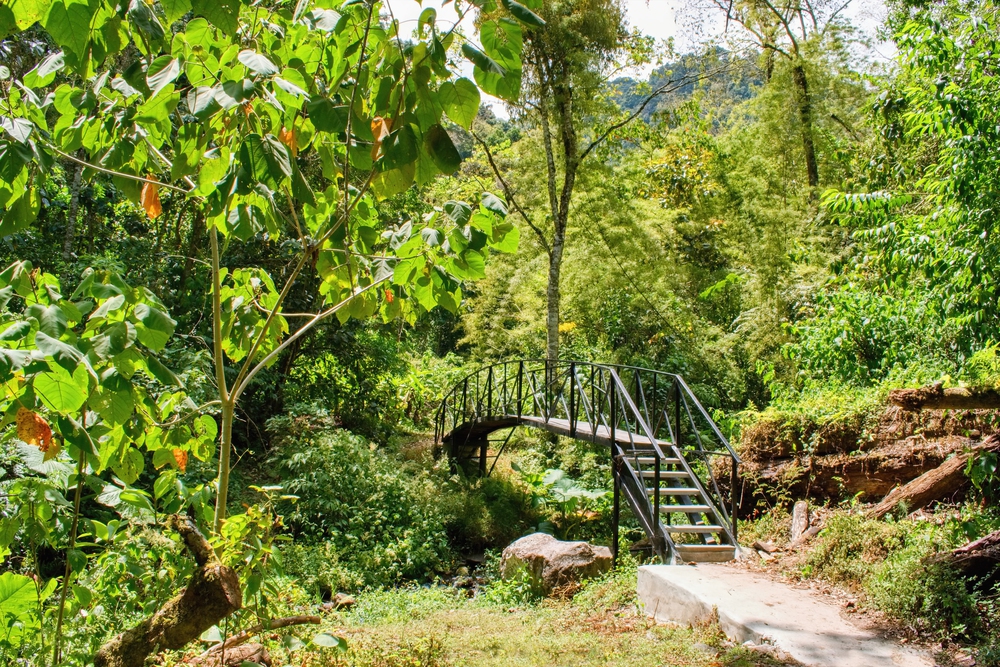
Panama’s highest peak at 11,401 feet offers something unique—the chance to see both the Pacific Ocean and Caribbean Sea from its summit on clear days. The hike typically starts before dawn to catch sunrise views, covering about 8 miles of steep terrain through montane forest.
Local guides often point out diverse wildlife, including quetzals and various hummingbird species that call these high-altitude slopes home.
Like Travel Pug’s content? Follow us on MSN.
Arenal, Costa Rica
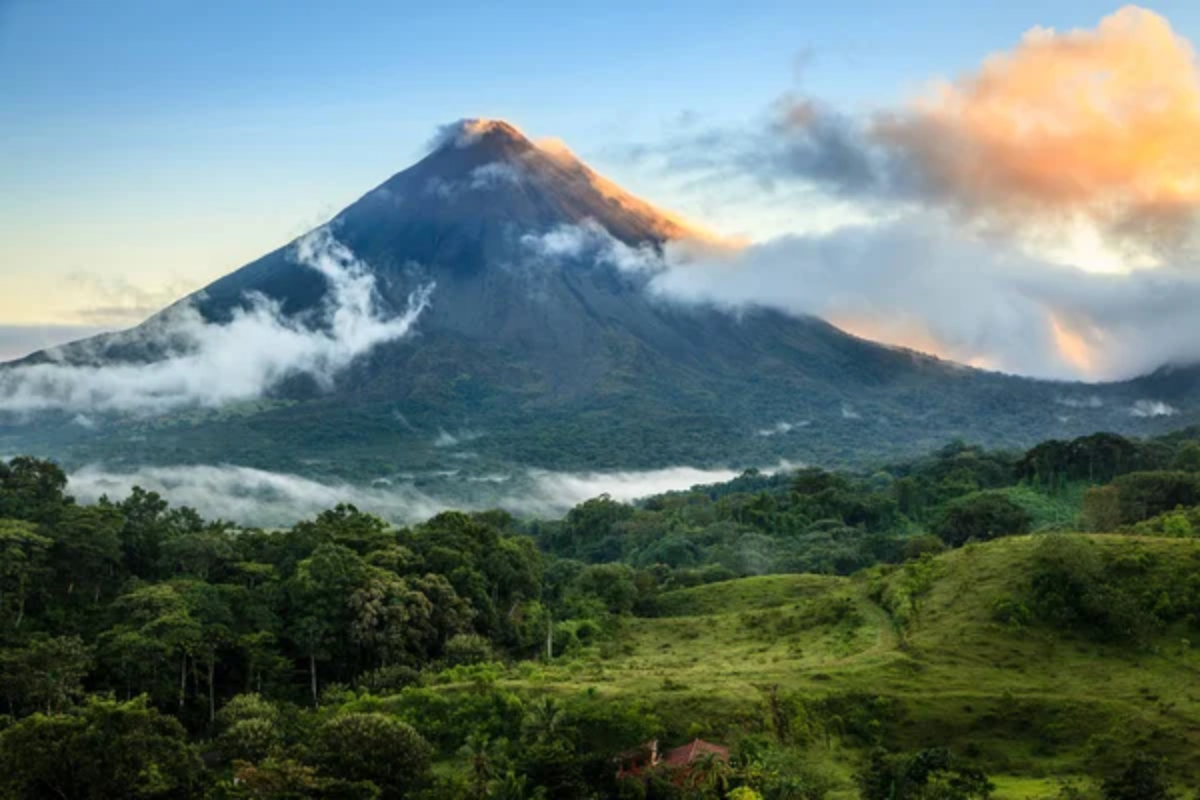
While Arenal hasn’t erupted since 2010, its perfect cone shape makes it a favorite among volcano enthusiasts. The rim hike offers stunning views of Arenal Lake—plus the surrounding rainforest canopy that stretches endlessly below.
Multiple trail options exist, though the most popular route takes 4-5 hours and passes through several different ecological zones.
Masaya, Nicaragua
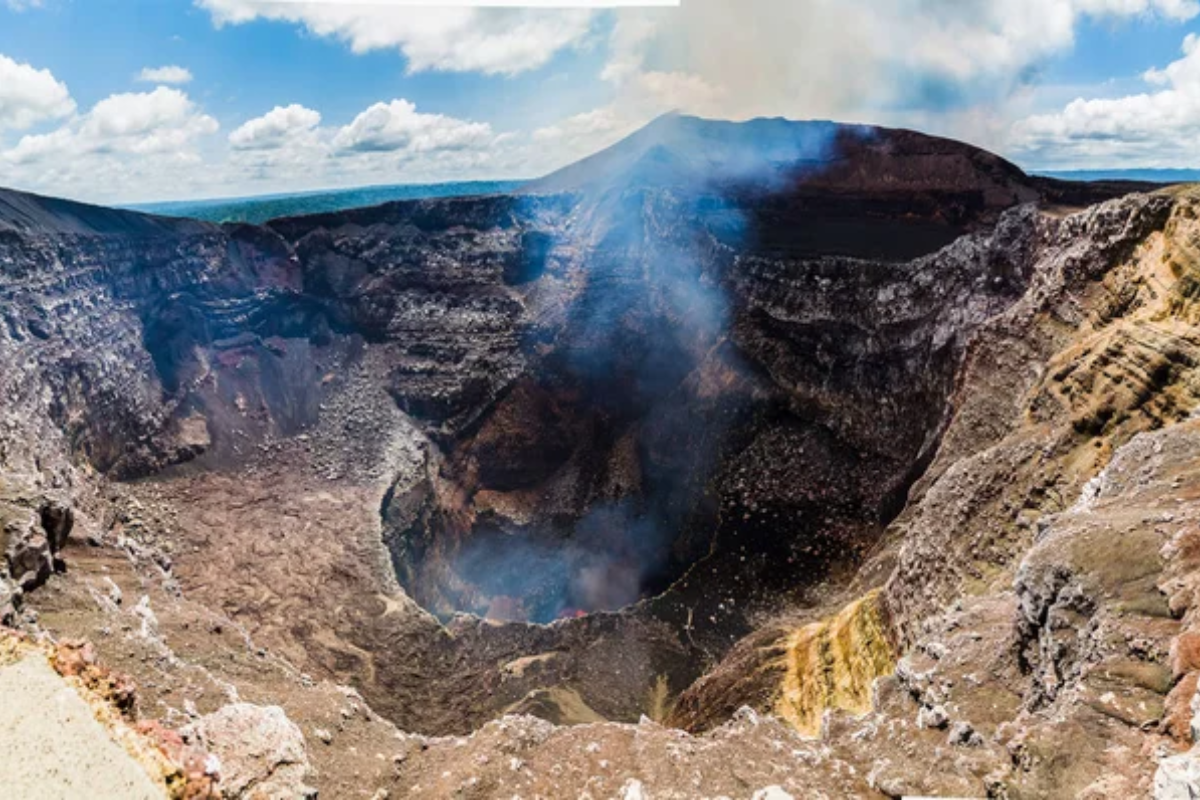
Known locally as “The Mouth of Hell,” Masaya’s Santiago crater contains one of the world’s largest active lava lakes. The rim walk provides incredible views into the churning, glowing crater below, especially dramatic during evening visits when darkness amplifies the volcanic glow.
This relatively easy hike takes just 2-3 hours, yet it includes educational stops at various viewpoints explaining the volcano’s geological significance.
Santa Ana, El Salvador
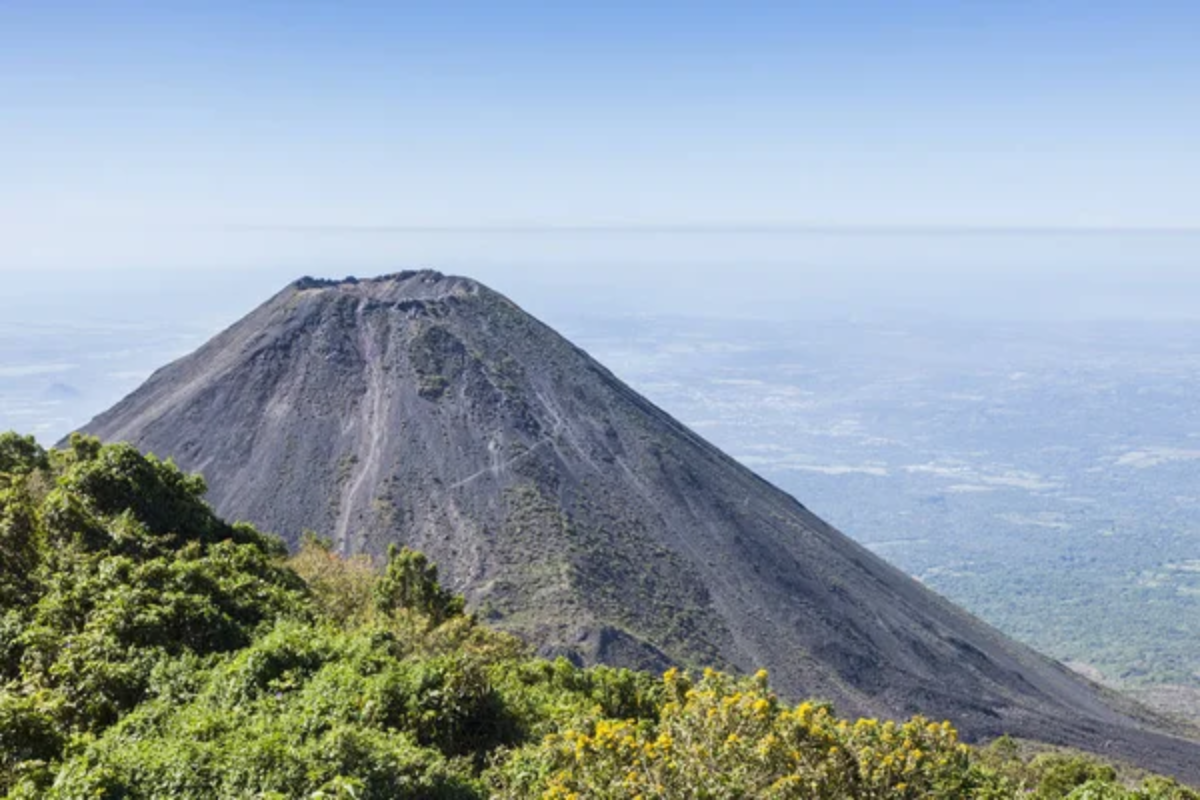
El Salvador’s tallest volcano, at 7,812 feet, features a breathtaking turquoise crater lake that shifts in color based on its mineral composition and weather conditions. The four-hour trek passes through coffee plantations and rainforest before arriving at the rim of the acidic lake.
Rangers escort all parties for security reasons, but they offer interesting information on regional volcanic activity.
Like Travel Pug’s content? Follow us on MSN.
Pacaya, Guatemala
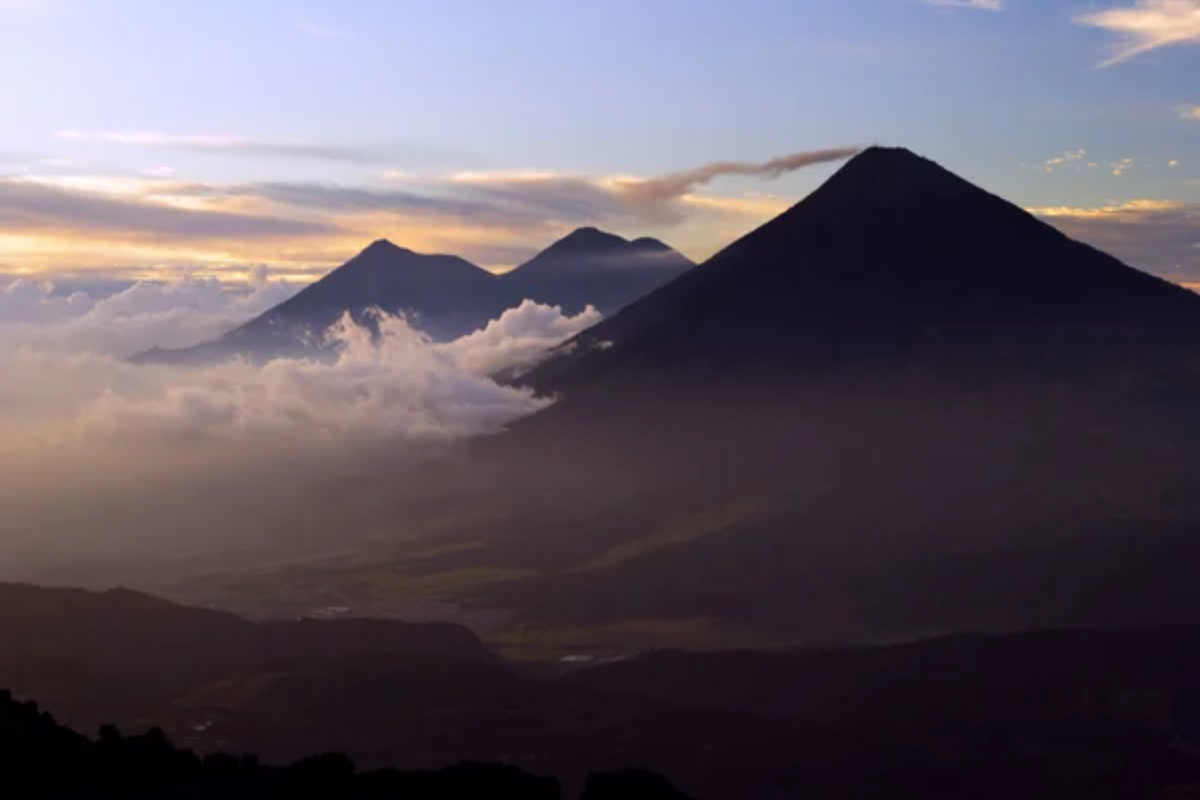
This extremely active volcano provides one of Central America’s most accessible lava viewing experiences. Trekkers can get close enough to burn marshmallows on the volcano’s heat, though levels of activity change greatly throughout the year.
The 2-3 hour hike traverses fields of hardened lava from recent volcanic activity, creating an alien landscape that resembles walking on Mars.
Poás, Costa Rica
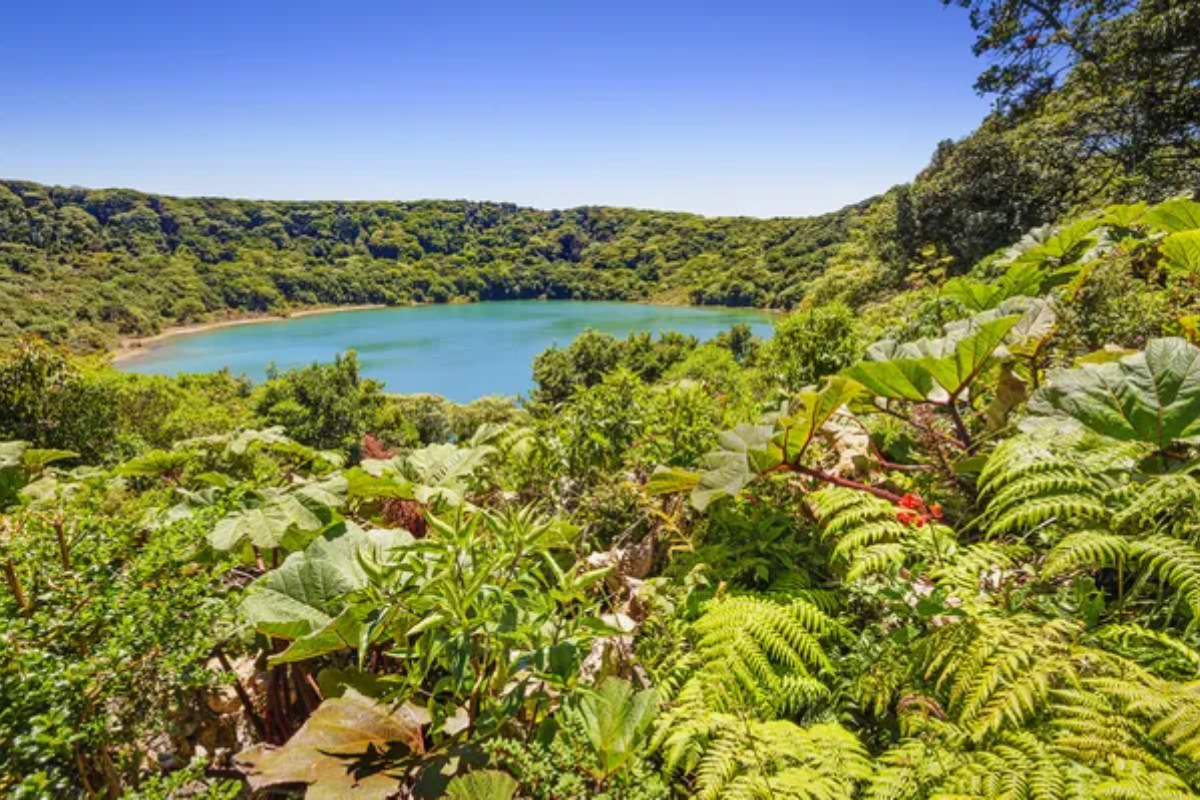
Home to one of the world’s largest active craters, Poás stretches nearly a mile across. It contains a stunning acid lake that shifts between blue and green depending on conditions. The relatively short 30-minute walk from the parking area makes this volcano accessible to families, plus casual hikers who can’t handle longer treks.
Volcanic gases sometimes close the area to visitors, so checking current conditions before visiting is essential for safety.
Concepción, Nicaragua
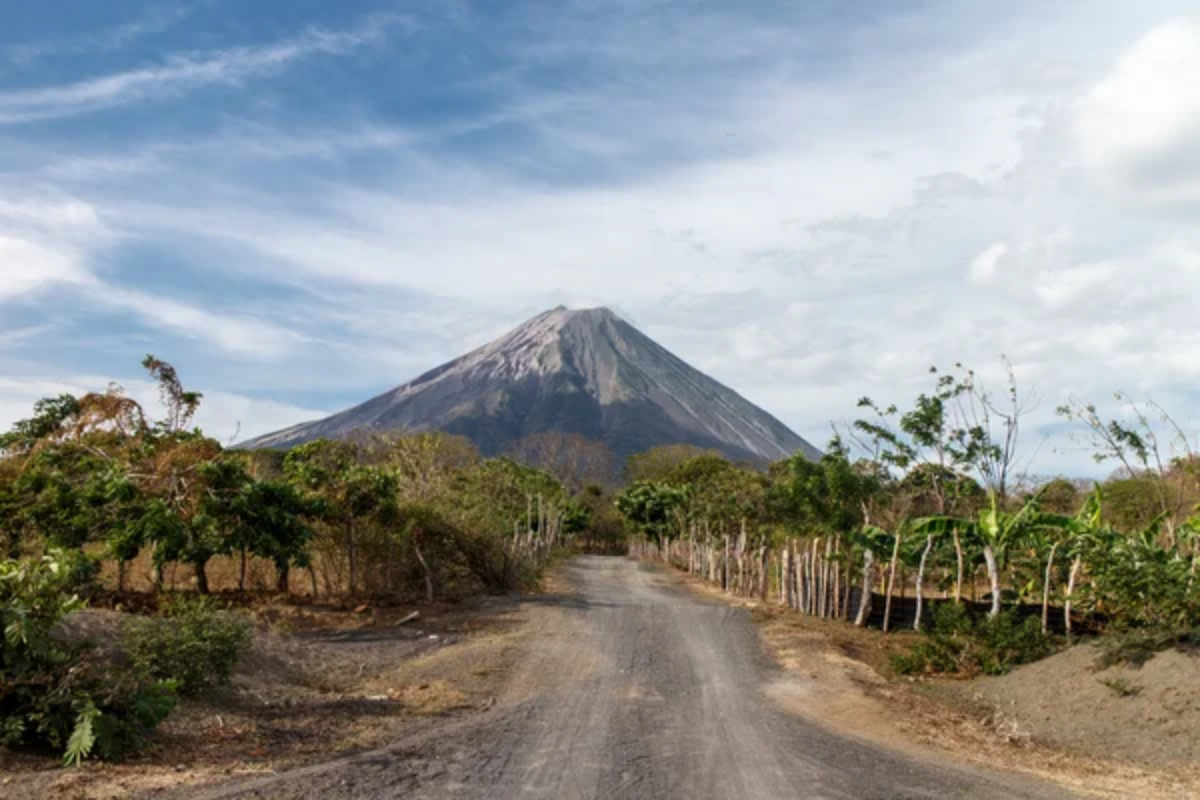
Leaping dramatically out of Ometepe Island in Lake Nicaragua, Concepción offers a strenuous one-day ascent in thick tropical jungle. The 5,282-foot summit provides stunning views of the lake, while nearby Maderas volcano makes a dramatic backdrop.
This strenuous hike usually takes 8–10 hours round-trip, but requires high physical fitness due to its steep slopes, which are frequently muddy.
Like Travel Pug’s content? Follow us on MSN.
Irazú, Costa Rica
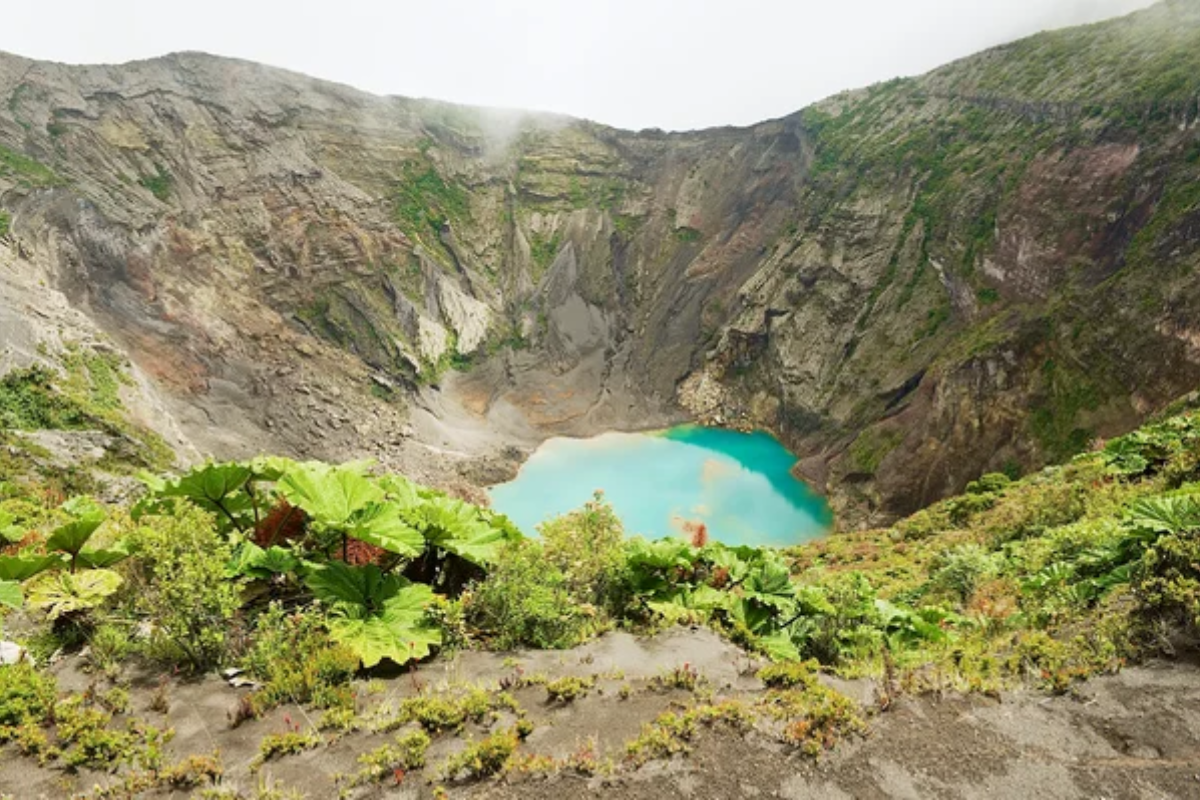
Costa Rica’s peak volcano, standing at 11,260 feet, offers guests several craters to investigate—one of them bearing a mineral-filled green lake. The road up to the summit parking lot makes this one of the most convenient high-altitude volcano excursions in the area.
Early morning hours tend to offer the best visibility, but afternoon clouds move in off both coasts and obstruct views.
Momotombo, Nicaragua
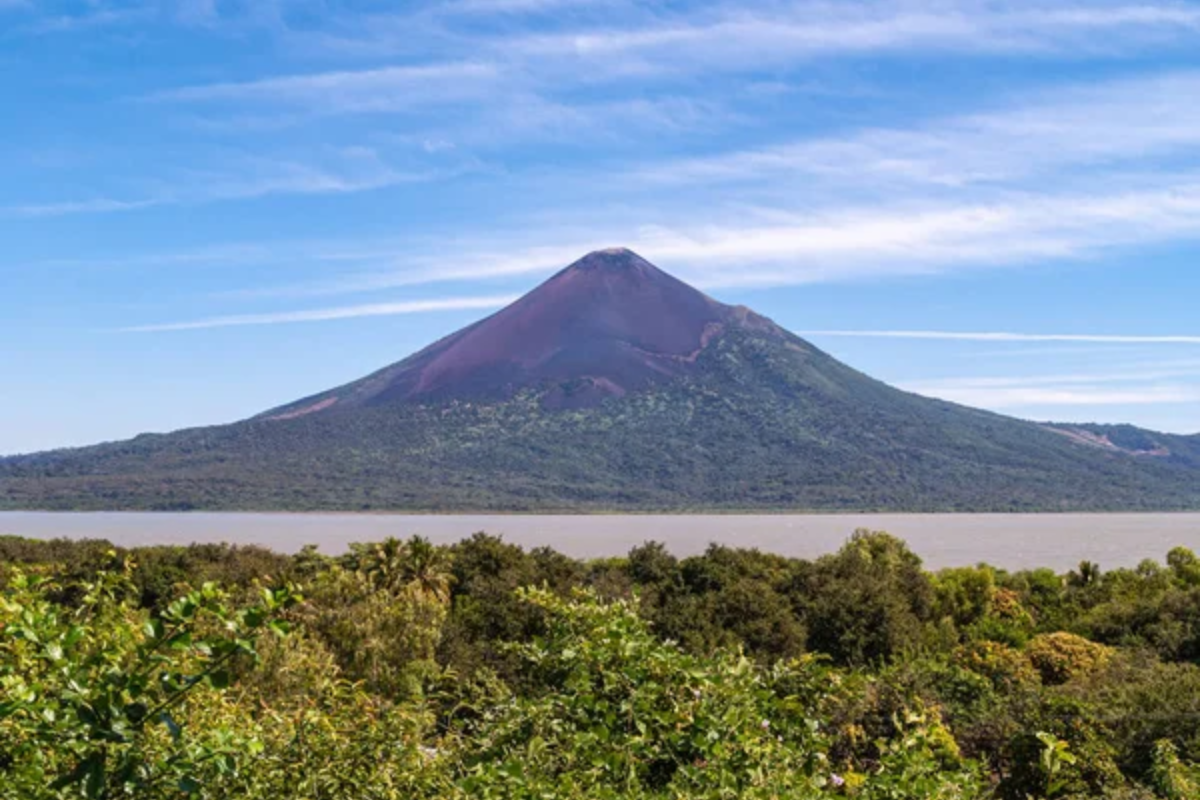
This perfectly shaped stratovolcano rises directly from the shores of Lake Managua, creating one of Nicaragua’s most iconic landscapes. The challenging 6–8-hour climb rewards hikers with views across the lake to Managua city, while surrounding volcanic peaks create a dramatic skyline.
Recent increased activity has made this volcano particularly exciting for geology enthusiasts, though access may be restricted during active periods.
Rincón de la Vieja, Costa Rica
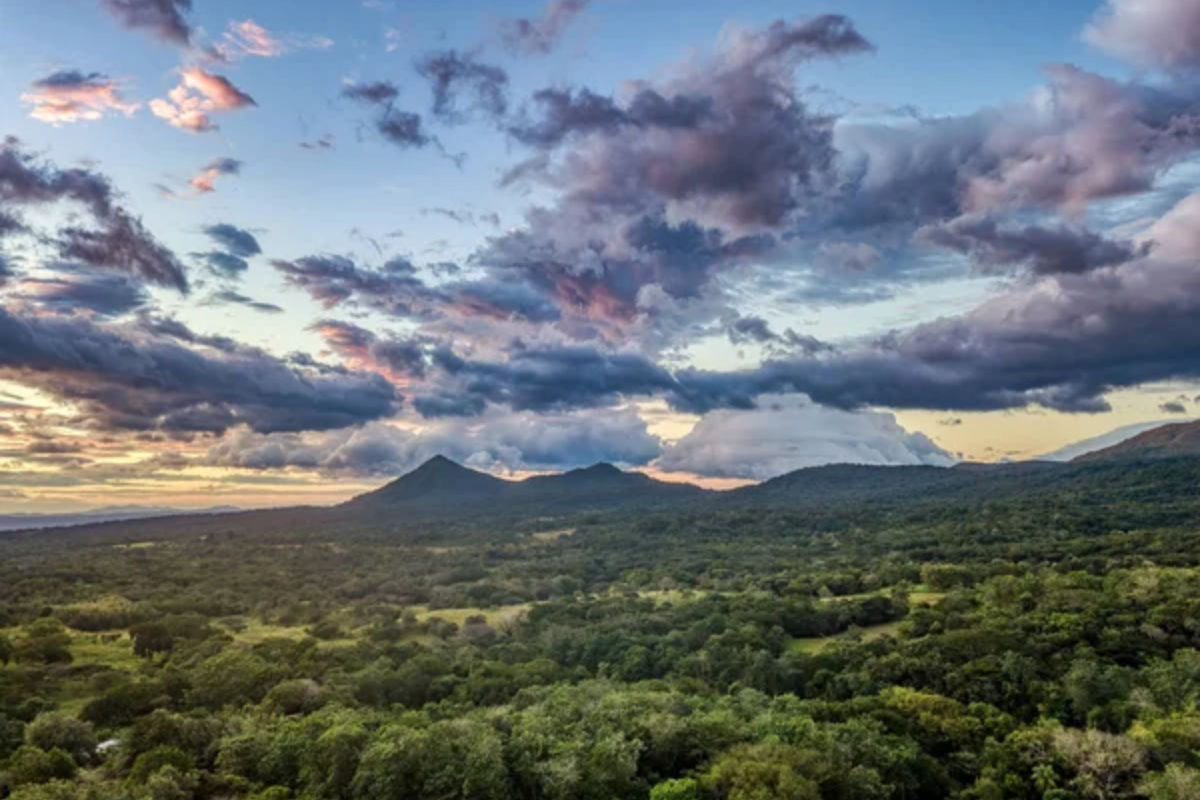
This massive volcanic complex features multiple craters, hot springs, and bubbling mud pots scattered across its slopes. The rim hike takes visitors through diverse ecosystems, from dry tropical forest to cloud forest near the summit.
Wildlife spotting opportunities abound, with chances to see howler monkeys, coatis, and over 300 bird species throughout the trek.
Like Travel Pug’s content? Follow us on MSN.
Izalco, El Salvador
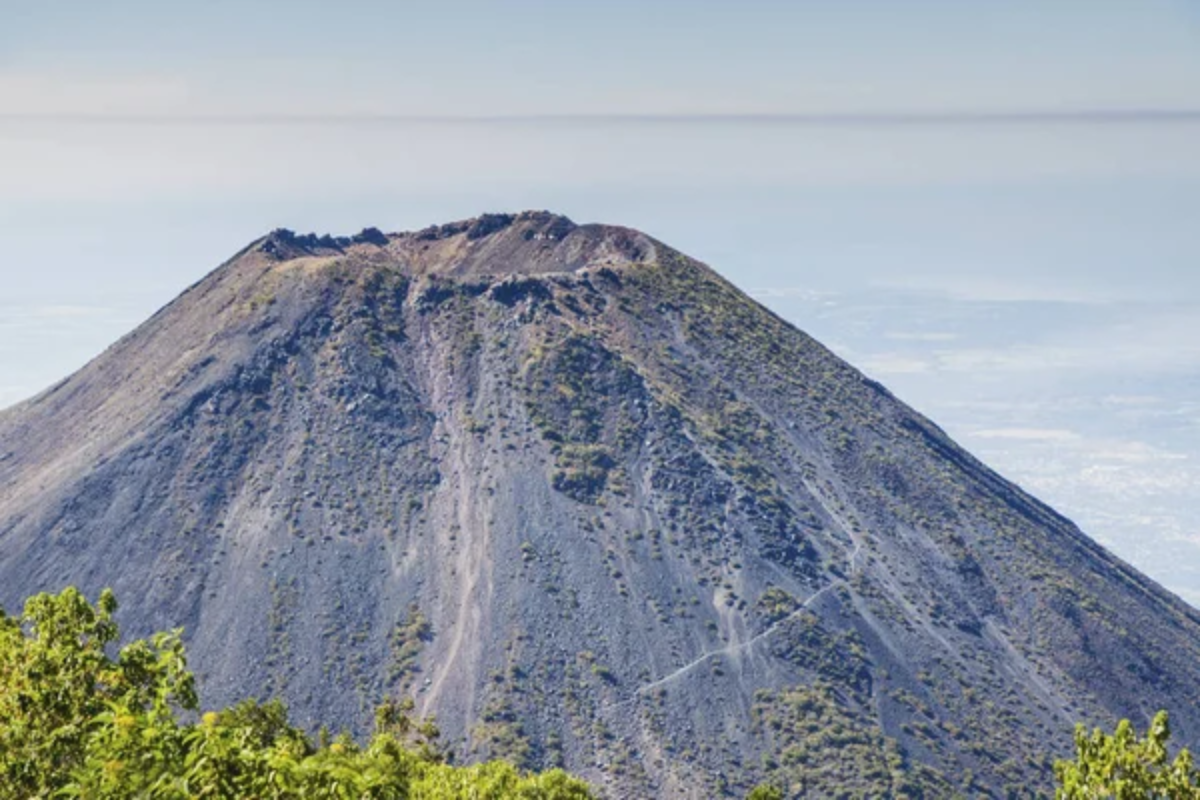
Once known as the “Lighthouse of the Pacific” for its constant eruptions visible to ships, Izalco now offers a challenging climb up its steep cinder cone slopes. The 6,004-foot peak provides excellent views of nearby Santa Ana volcano and the Pacific coastline.
This demanding 4–5-hour hike involves scrambling up loose volcanic rock, requiring good balance and determination.
Maderas, Nicaragua
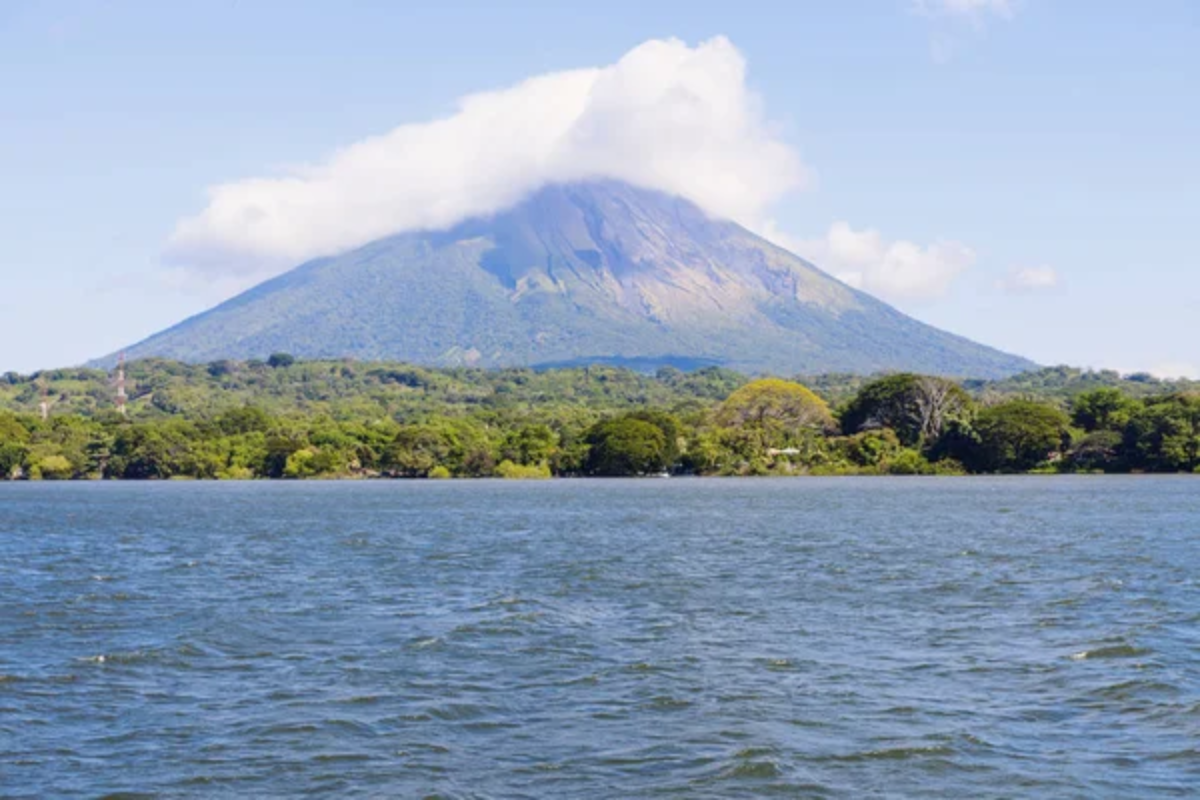
The dormant twin of Concepción volcano on Ometepe Island, Maderas features a beautiful crater lake surrounded by cloud forest at its summit. The 4,573-foot peak offers a more manageable alternative to its taller neighbor, though the trail can be extremely muddy during the rainy season.
Wildlife enthusiasts particularly enjoy this hike for its diverse ecosystem and frequent howler monkey encounters.
Volcán de Fuego, Guatemala
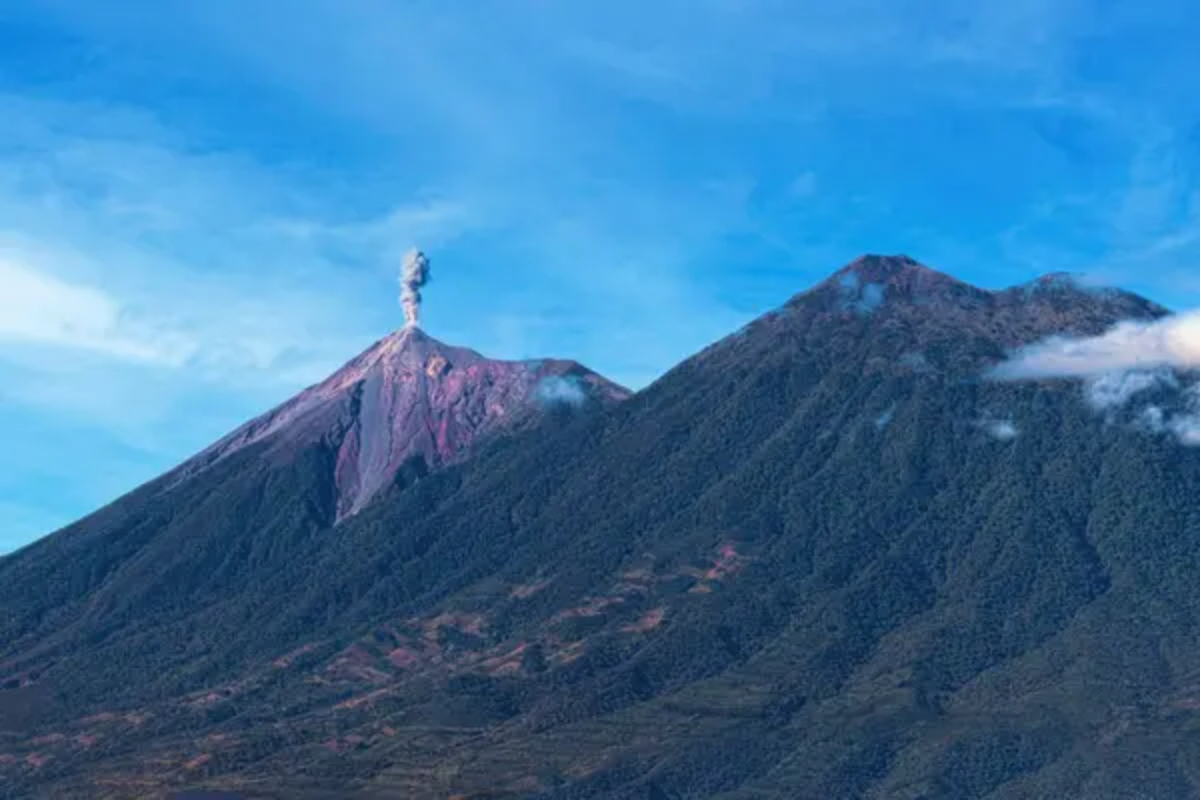
While extremely dangerous to approach during active periods, Fuego offers experienced mountaineers an unforgettable experience when conditions permit. This 12,346-foot giant regularly spews lava bombs and ash clouds visible for miles around.
Only highly experienced guides should attempt this climb, and current volcanic activity always determines accessibility.
Like Travel Pug’s content? Follow us on MSN.
Turrialba, Costa Rica
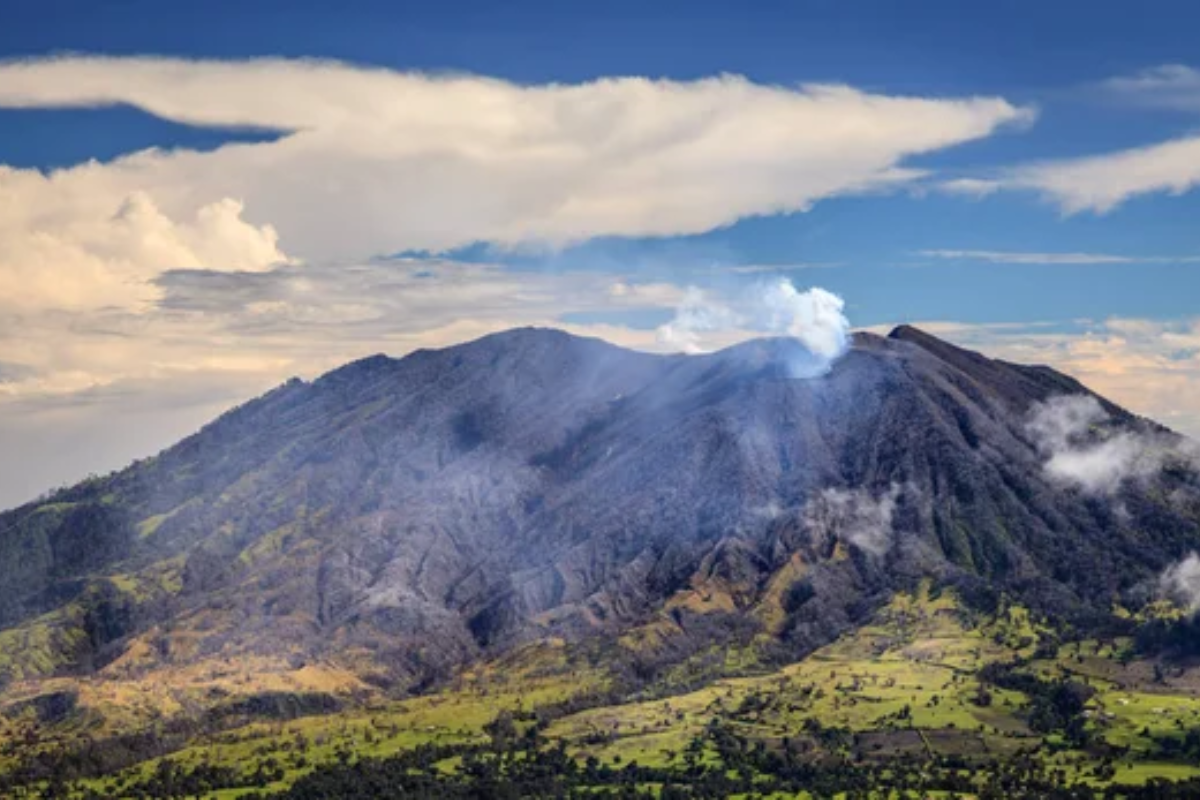
Recent increased activity has made Turrialba one of Costa Rica’s most closely monitored volcanoes, creating exciting opportunities for volcanic enthusiasts. The 10,958-foot summit provides views into multiple active craters producing steam and occasional ash emissions.
Access varies depending on current activity levels, making it essential to plan with local authorities.
Telica, Nicaragua

This active stratovolcano offers one of the most accessible opportunities to peer into an active crater in Central America. The relatively easy 2-3 hour hike leads to rim views of the steaming, sulfur-scented crater below.
Night visits provide theatrical experiences as the glowing crater illuminates rising gas clouds.
San Miguel, El Salvador

El Salvador’s most active volcano presents a challenging climb rewarded by views into its large, steaming crater. The 6,988-foot peak requires 5–6 hours of steady climbing through coffee plantations and tropical forest.
Local communities surrounding the volcano have developed excellent guiding services, providing cultural insights alongside geological knowledge.
Like Travel Pug’s content? Follow us on MSN.
Cosigüina, Nicaragua

Located on a remote peninsula extending into the Gulf of Fonseca, Cosigüina offers spectacular coastal views alongside its volcanic crater lake. The moderate 3-4 hour hike passes through dry tropical forest home to iguanas, parrots, and various monkey species.
This lesser-known destination offers a more secluded volcano experience, away from the typical tourist crowds.
Chirripó, Costa Rica
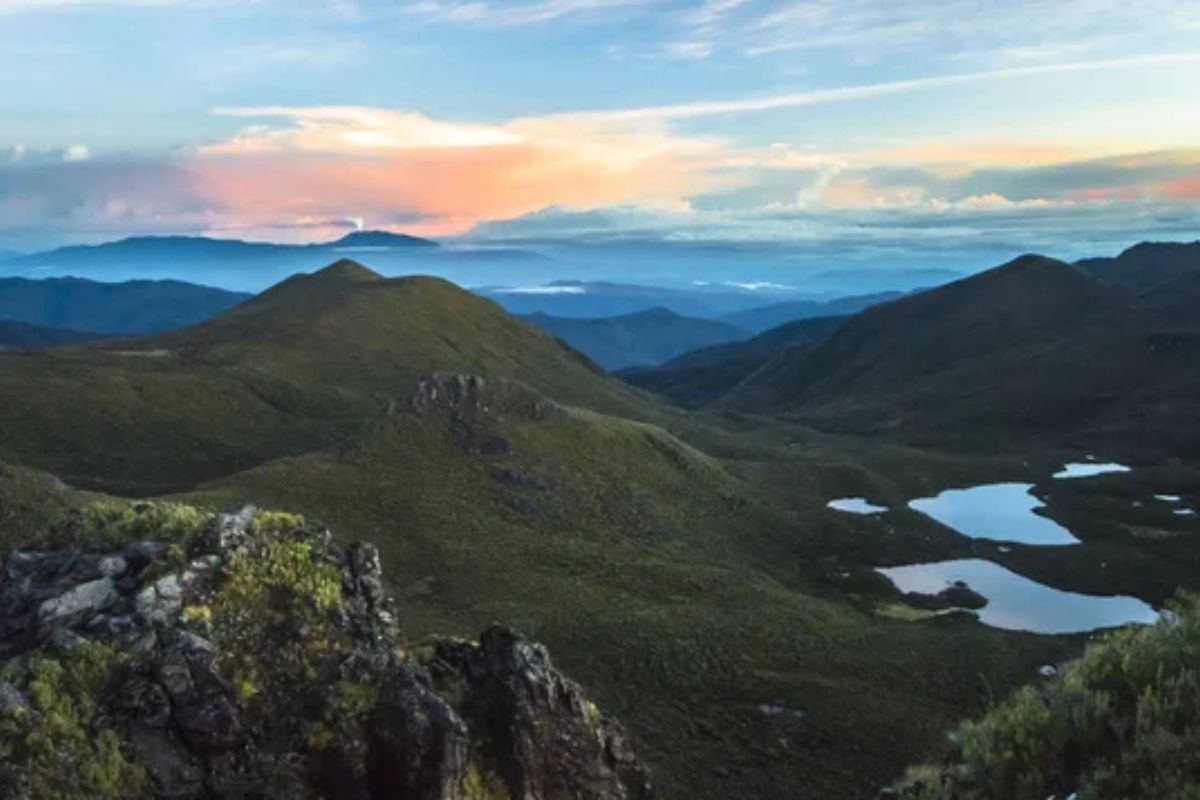
While technically not a volcano, this 12,530-foot peak sits atop ancient volcanic formations and provides the highest summit experience in Central America. The challenging 2-3 day trek passes through multiple climate zones, from tropical rainforest to alpine páramo ecosystem.
Clear morning views often reveal both Caribbean and Pacific coastlines stretching to the horizon.
Tajumulco, Guatemala
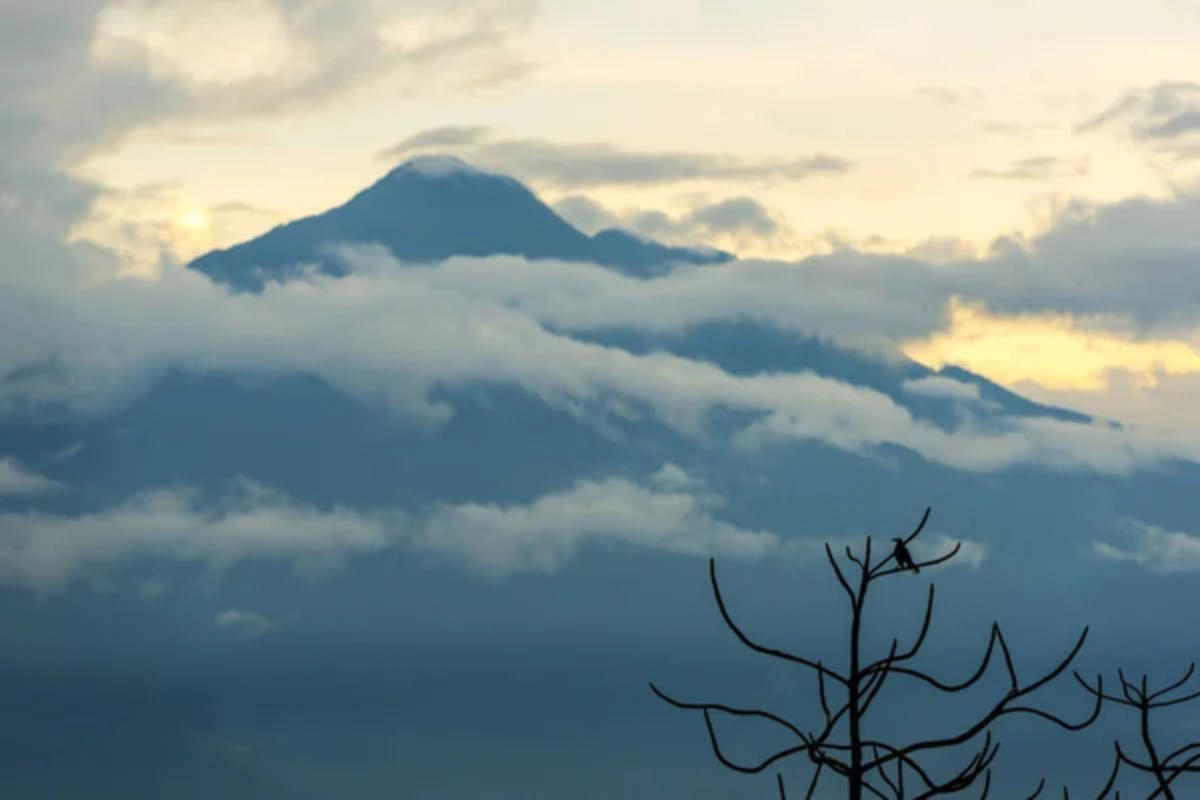
Guatemala’s highest point, at 13,845 feet, offers challenging high-altitude hiking through pine forests and alpine meadows. On clear days, the summit provides panoramic views across Guatemala’s volcanic chain and into southern Mexico.
This demanding overnight trek requires cold-weather gear due to near-freezing temperatures at the summit, even in tropical latitudes.
Like Travel Pug’s content? Follow us on MSN.
Where Fire Meets Adventure
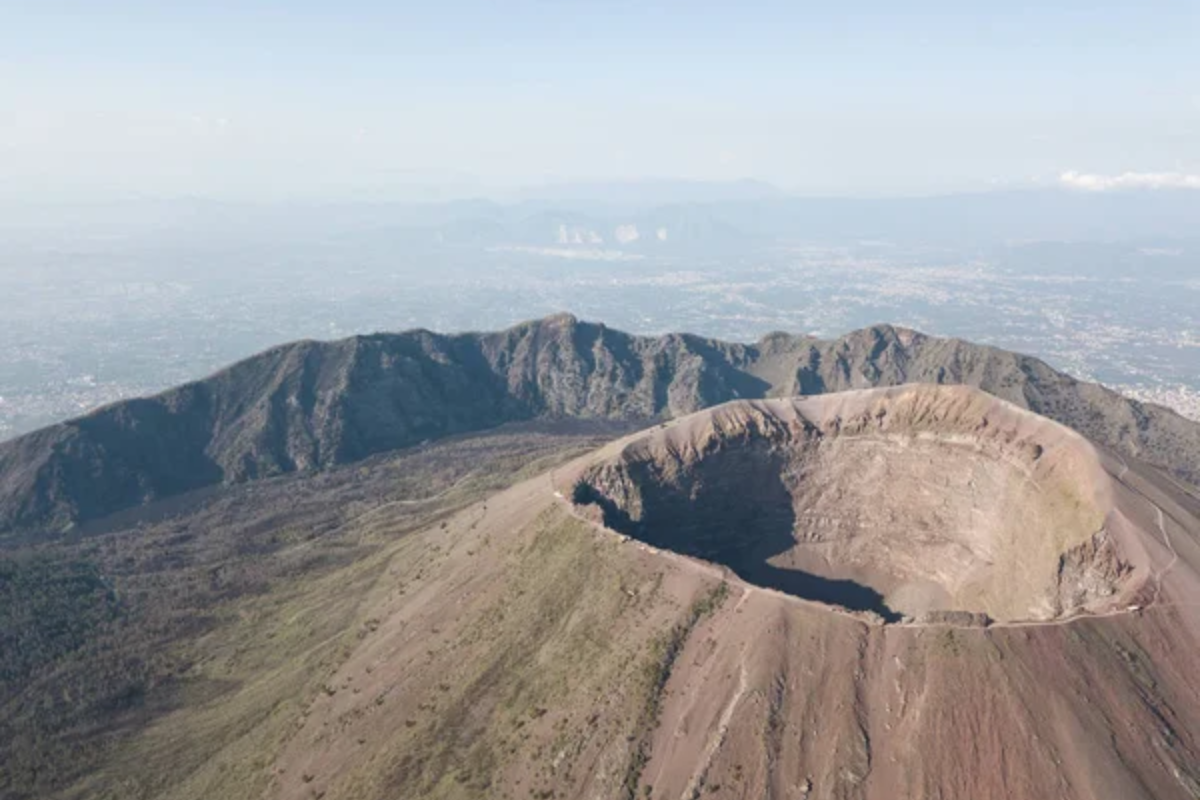
These volcanic peaks represent millions of years of geological forces that continue shaping Central America today. Many of the same volcanoes that challenged ancient civilizations now offer modern adventurers unparalleled hiking experiences, ranging from family-friendly crater visits to extreme mountaineering challenges.
The region’s volcanic activity shows no signs of slowing down, ensuring future generations will inherit an ever-changing landscape of fire-forged peaks. Whether you’re drawn to glowing lava lakes or cloud-wrapped summits, Central America’s volcanoes offer hiking adventures that connect us directly to the powerful forces beneath our feet.
More from Travel Pug

- 20 Best Beach Towns in the Carolinas
- 13 Destinations Where Tourists Regularly Regret Their Trip
- 20 Destinations That Are More Magical Without an Itinerary
- 20 Underrated Adventures That Belong on Your Travel List
- 20 Cities Where You Should Just Wing It, No Planning Required
Like Travel Pug’s content? Follow us on MSN.
